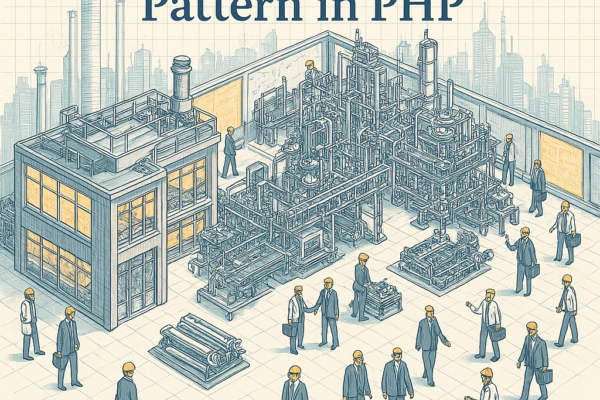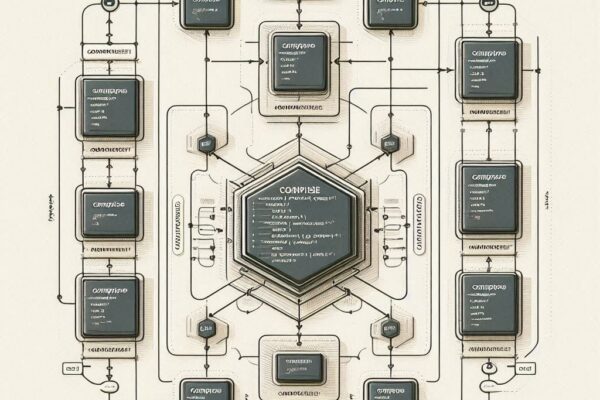Proxy Design Pattern in PHP: Secure and Smart Access
The Proxy Design Pattern in PHP is a powerful structural pattern that allows you to control access to an object by placing a proxy (or surrogate) in front of it. Whether it’s about lazy loading, access control, caching, or logging, the proxy design pattern gives developers a structured way to intercept and manage object interaction….





